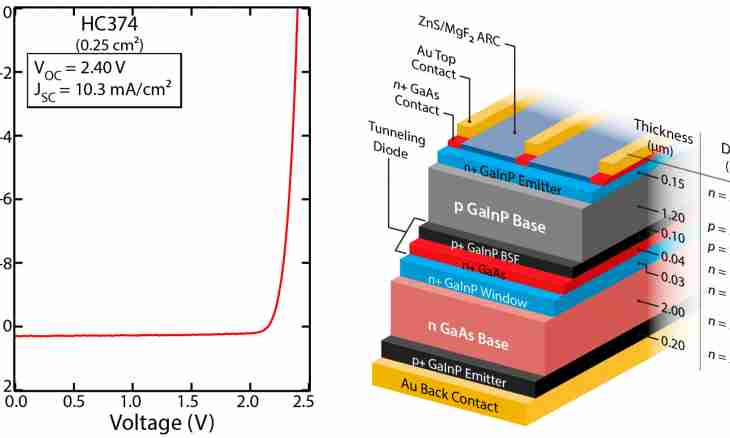Engine oils are mineral, synthetic and semi-synthetic. They are made of oil by method of distillation and refinement. There are aromatic, naphthenic and paraffin oils which differ with the structure of the hydrocarbons which are their part. As the best are considered paraffin, having the smallest density. Density of oil consider its weight falling on unit of volume (kg/m3).
Instruction
1. For definition propertiesof oils use its relative density which is calculated as the oil density relation in a certain volume to water density at a temperature 40os in the same volume. Density of oil is determined by means of the areometer which is the glass soldered flask (float) with ballast below. The flask has the thermometer below and density scale above in a glass tube.
2. Pour oil product in a high glass cylinder. Measurement is performed at a temperature 20os.
3. Carefully ship the dry clean areometer in oil product so that it did not concern cylinder walls.
4. Establish a cylinder so that the scale of density was at the level of your eyes. Wait for the end of fluctuations of the areometer.
5. Make measurement of indications of a scale of density. At the same time make measurement of temperature of liquid. At difference of temperature of oil product from 20 wasps, density is determined by the special table in which indicators of density of oil products adjusted for temperature are given.
6. Determination of density of oil is necessary if it is necessary to transfer its volume to weight or on the contrary. Density of oil products depends on their temperature. At fall of temperature it raises. Density helps to compare properties of several oils, however is not an indicator of their quality. Color of oil and its transparency are also criterion for evaluation of lubricant. They depend on properties of oil product and presence at it of resinous substances. Color of oil indicates also quality of its cleaning.
7. Pay attention that separate types of oil products have the following approximate intervals of values aviation gasoline - from 700 to 725, automobile from 735 to 750, diesel fuel - from 800 to 850, aviation oil – from 880 to 905, for diesels – 890 up to 920, and for petrol engines – from 910 to 930. These data not only can help you to check results of your researches, but also at all to save from them if you accept an approximate indicator of density.

